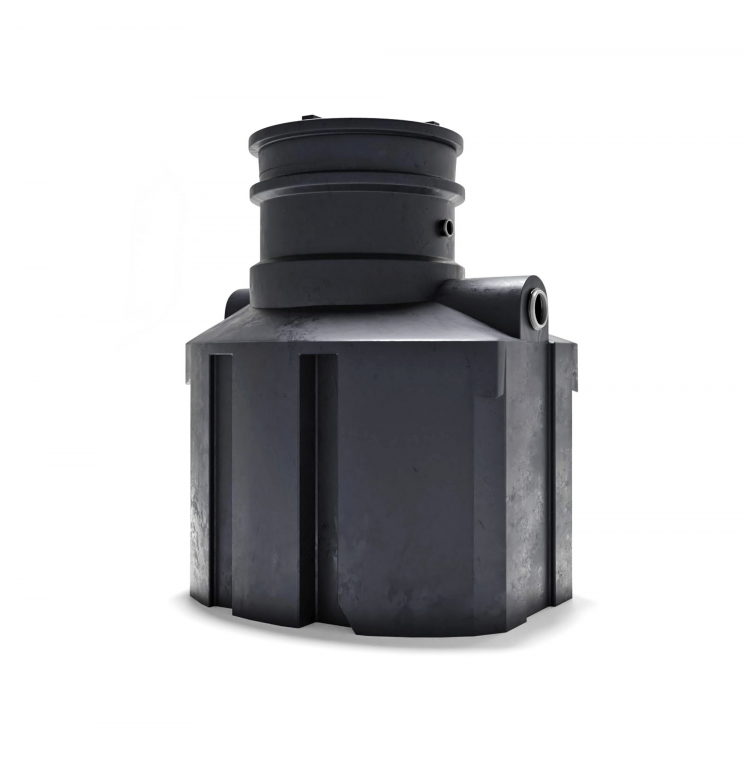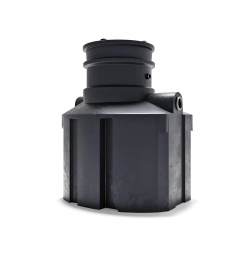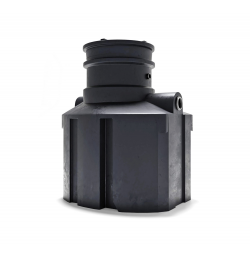- Info
- Downloads
Mud traps
Available from 300 up to 6.000 liters.
Models to install in sand and consolidated sand.
Specifications
A mud trap removes sediments (sand, mud, grit, settable solids,…) from the wastewater.
The installation of a sediment collector may be necessary in the following circumstances and may be used together with a hydrocarbon and / or grease trap separator:
- In garages, car-washes, car parks,... These are places where there is always a chance that hydrocarbons might be discharged.
- In hotels, restaurants, bars, schools, butchers, caterers,.. These are places where there is always a change that vegetable or animal fats might be discharged along with other sediment.
- When there is a chance that sediments might enter an installation, causing blockage.
A mud trap or grease trap can be obligatory, please consults your national and / or local legislation and environmental regulations.
The water loaded with sediment enters the tank by means of an anti-splash jet-nozzle. Because the sediment has a higher density (it is heavier) than the water in the tank, it starts to settle down. The water that flows out of the separator is nearly sediment-free.
The minimum volume of the mud trap:
In combination with a hydrocarbon separator:
- Class 1 (slightly polluted water): 100 x the flow of the separator e.g. brand dealer.
- Class 2 (polluted water): 200 x the flow of the separator, e.g. car washes.
- Class 3 (heavily polluted water): 300 x the flow of the separator, e.g. cleaning of farming.
In combination with a grease trap:
- 40 litres per second of the grease trap, e.g. grease trap 10 l/s, mud trap = 400 litre.
The mud trap has been designed in accordance with the DIN 4040 standard and meets with the following demands:
Liquid surface: 0,25 m² per litre per second
Retention time: 3 minutes
Performance: 92%
All are equipped with an adaptable riser.
Please contact our technical service to help with the calculation of the right mud trap.
Designs:
Available from 300 up to 6.000 litre.
Models to install in sand and consolidated sand.
Table




